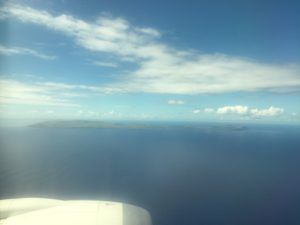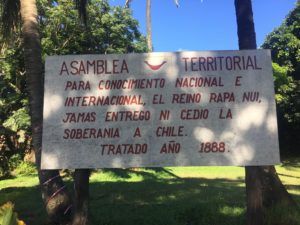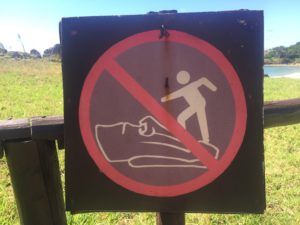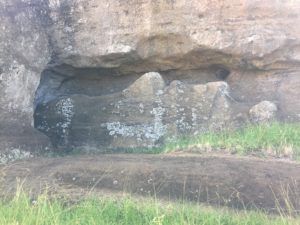Rapa Nui – Easter Island
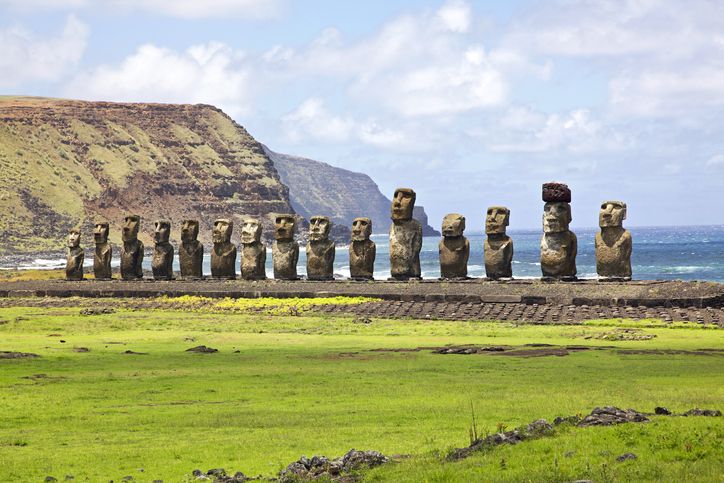
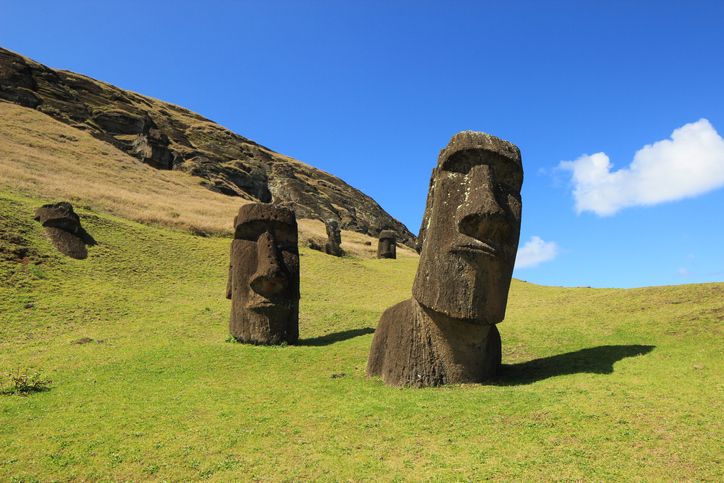
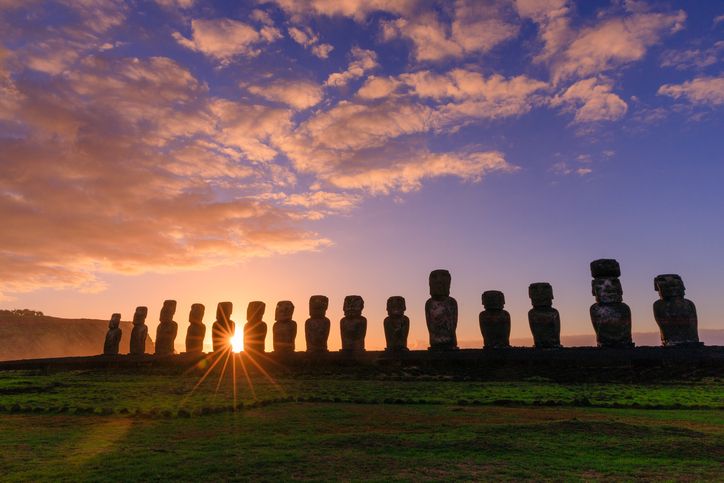
Rapa Nui – One of those dream destinations, this most isolated inhabited place remains globally important.
It is beautiful, green, volcanic and extremely clean. Rapa Nui as the isolated speck in the sub-tropical South Pacific ceased to be itself when commercial flights began in earnest in 1967. It does remain culturally Polynesian, bureaucratically Chilean and very international due to regular flights loaded with visitors.
Clearly the island is most famous for its Moai – giant statues – and they are absolutely worth visiting. There remains little mystery as to how, why and where they were built, but the society that dedicated so much of its energy to such iconography does remain obscure.
The people of Rapa Nui had a written language, but it can no longer be read. A civil war erupted around 1688 when commoners toppled their first Moai and shattered the shaman-supported elite’s hold on power.
I expect resources were becoming scarce as the island was deforested and fishing became increasingly difficult with no watercraft. A strict religious-based class structure no longer provided economic stability (food was the main commodity) and the chicken-based diet must have become unpalatable with not enough fuel to cook that fowl meat.
The civil war began after very intermittent contact with Europeans, but the final indignity occurred when slave traders kidnapped much of the island’s population and worked them to death in Peruvian mines.
Rapa Nui may have had a population exceeding 15,000 but declined to about 150. The last person able to read their own writing expired on a slave ship.
Today, Easter Island in an extremely important tourist destination. We are waiting for a new census, but the population of the island is between 5,000 and 8,000 people, of which about 4000 are of indigenous heritage and speak Rapa Nui. Even after 1500 years of separation, they can still speak with their cousins elsewhere in Polynesia.
Most of the other inhabitants are Chilean, and there is palpable tension between the two communities. Visitors are extremely welcome. It is necessary to reserve flights six months in advance.
On this trip we visited during the fall equinox. Daytime temperatures reached a humid 29 (nearly 90 Fahrenheit).
Nights were perfect and the starry southern sky entirely unpolluted and magnificent.
Winter temperatures can be distinctly cooler and May is the rainiest month.
We all visit because of the archaeological sites, but history aside, the island is emphatically beautiful. Each night we sat on the western shore, just outside the only town, Hanga Roa, and witnessed one of the best sunsets on our planet.
As a tiny volcanic dot in a vast ocean, waves offer artistic texture to a rather consistent perspective. The horizon is so perfect, it was used as the levelling line for constructing the stone chicken coups so important to the island’s history. The colour of the ocean is beyond description.
Rapa Nui touches me emotionally. Its isolation is so absolute I almost fear being left there. I can think of few places on earth I find as beautiful, yet would tremble from the idea of living there
We all visit this tiny land because it resonates in some manner and we consequently must evaluate that attraction. Unlike the seven families that left Polynesia some 1500 hundred years ago to settle ‘the navel of the earth,’ us 7.5 billion people do not have another option. This planet is our home – our space – and its resources are finite.
This is not an environmental lecture, rather an appeal to logic. Easter Islanders – alone in their space – depleted their only source of survival. Cannot the world collectively learn from that perfect case study?
Please follow and like us:

